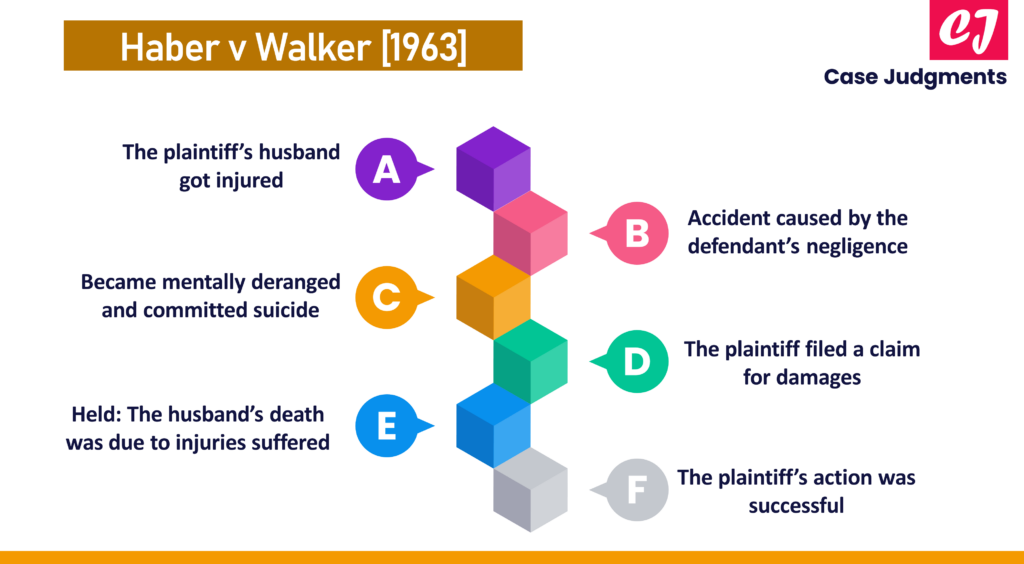
A Quick Summary of Doubleday v Kelly [2005]
Doubleday v Kelly [2005] is a tort law case concerning the foreseeability of risk and duty of care.
Given below are the case details:
| Case name & citation: | Doubleday v Kelly [2005] NSWCA 151 |
| Jurisdiction: | The New South Wales Court of Appeal |
| The learned judge: | Bryson JA |
| Area of law: | Foreseeability of risk; duty of care; negligence |
Facts of the case (Doubleday v Kelly)
The plaintiff, a seven-year-old girl, was staying at the defendant’s house. While staying there, she got injured when she attempted to roller skate on a trampoline.
Damages were claimed from the defendant for breach of duty of care.
In the District Court, the case was heard in favor of the plaintiff and was then appealed to the Court of Appeal.
Issue
The question that arose was whether the defendant owed a duty of care towards the plaintiff and whether that duty was breached when the plaintiff was allowed to use the trampoline unsupervised.
Was the risk of injury foreseeable?
Arguments
The defendant argued that it was not foreseeable that the girl would attempt to roller skate on the trampoline. Also, the children had been warned not to go on it unsupervised.
Judgment of the Court of Appeal
The Court emphasized that to assess whether a risk is foreseeable, consideration must be given to foresight in more general terms of risk of injury rather than the actual events as they occur. Therefore, the specific events that led to the plaintiff’s injury (roller skating on a trampoline) were not the primary thing to consider for analyzing foreseeability. Instead, the Court considered whether it was foreseeable in more general terms that a child might use the trampoline in an incompetent manner and thereby risk injury.
The Court found that it was foreseeable that a child might use the trampoline inappropriately and injure themselves if not supervised. This was the key point in the case because it established that the defendant had a duty of care towards the plaintiff.
Further, it was held that merely giving a warning against using the trampoline without supervision did not adequately discharge the duty. The Court stated that turning the trampoline over so that the jumping surface was on the ground was rather an effective way of preventing children from using it without supervision.
Conclusion (Doubleday v Kelly)
While it may not have been specifically foreseeable that the child would attempt to roller skate on the trampoline, it was reasonably foreseeable that children might use the trampoline unsupervised, which inherently involved a risk of injury. Thus, the risk of injury was generally foreseeable, and a reasonable person would have taken steps to avoid this risk.
List of references:
- https://s3.studentvip.com.au/notes/1728-sample.pdf
- https://media.studylast.com/2020/12/LAWS1012-Torts-Negligence-scaffold-p.pdf
- https://en-au.oxbridgenotes.com/revision_notes/law-university-of-new-south-wales-torts-law/samples/breach-of-duty
You might also like:
More from tort law:

